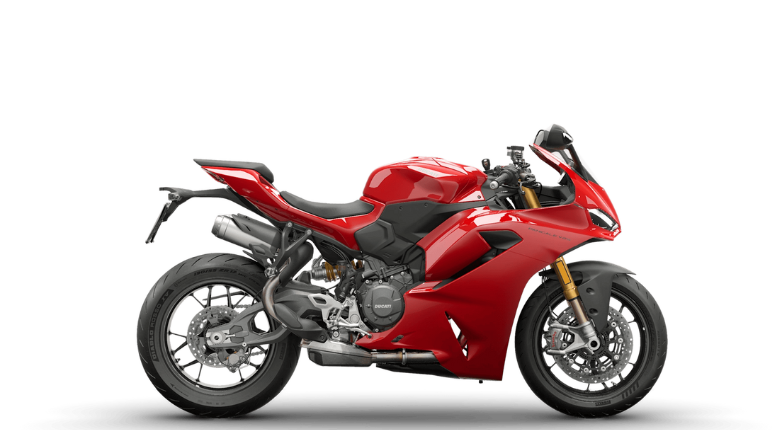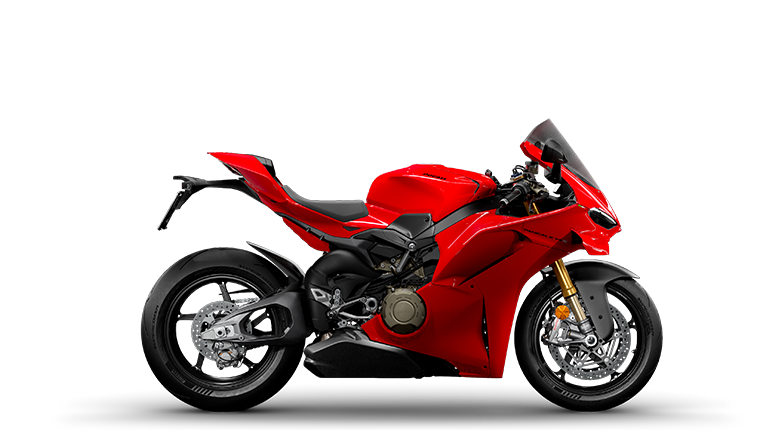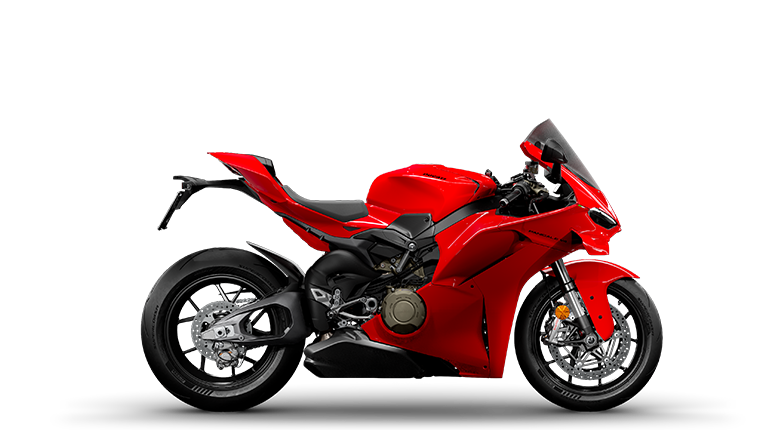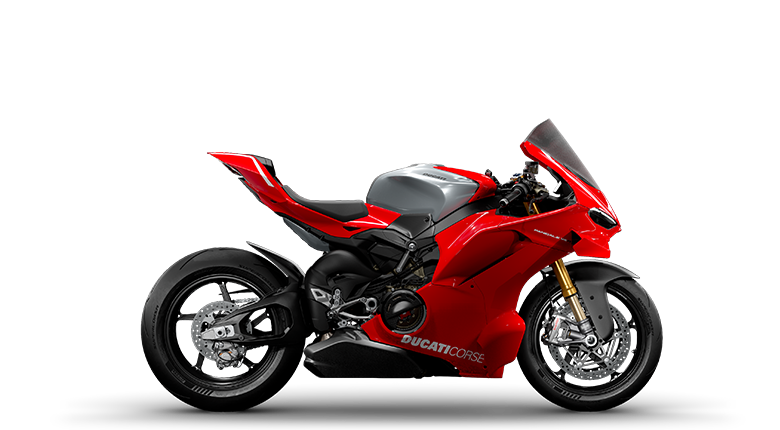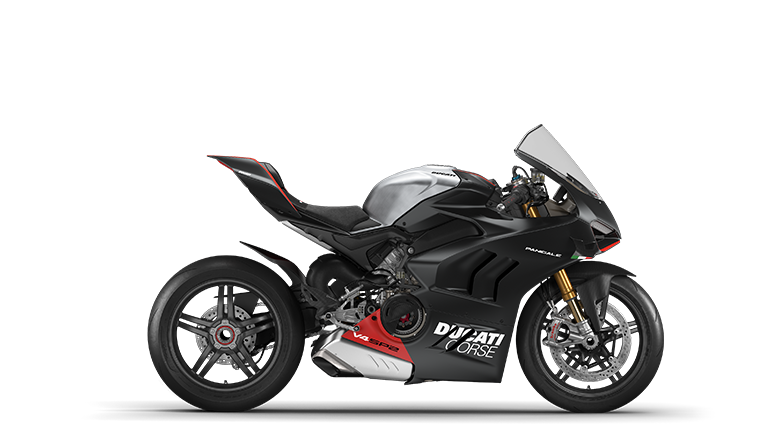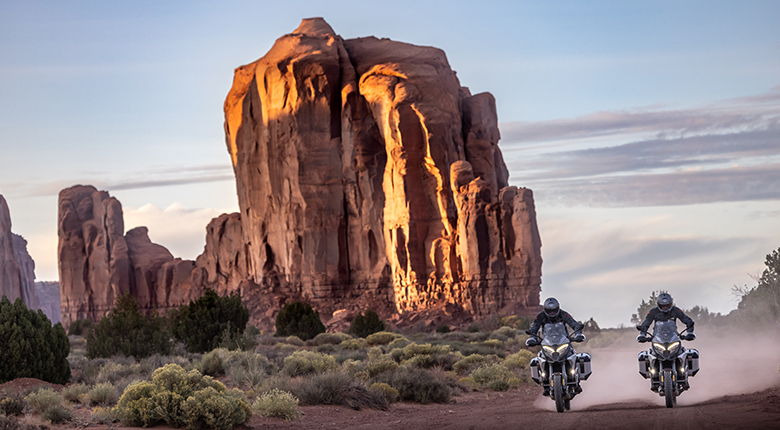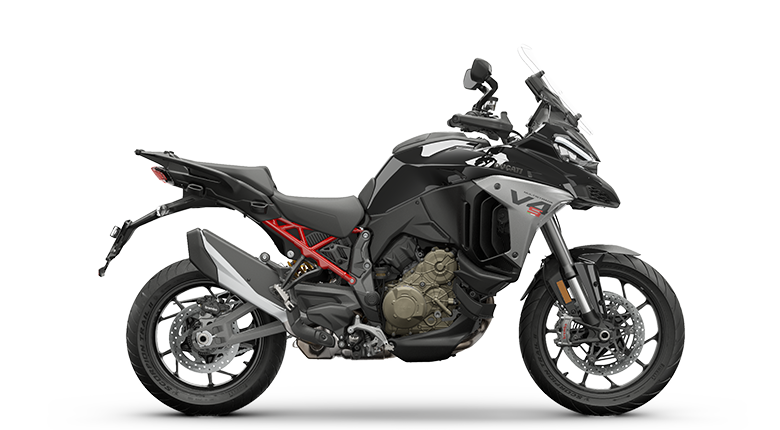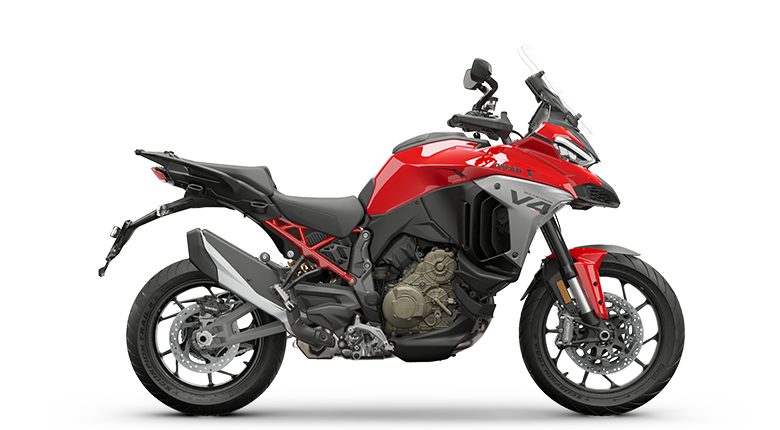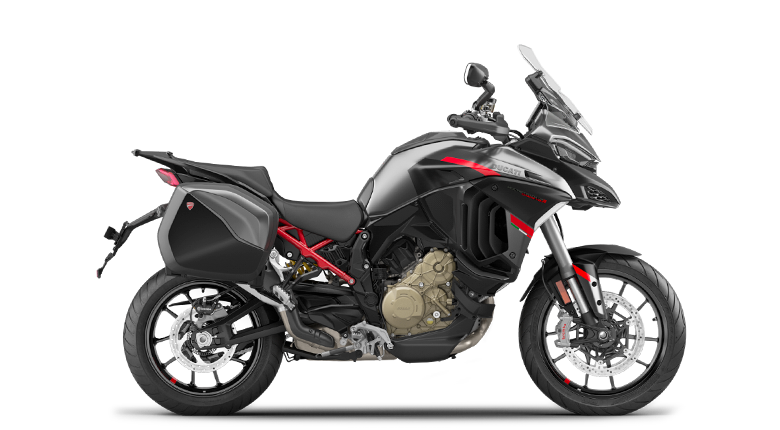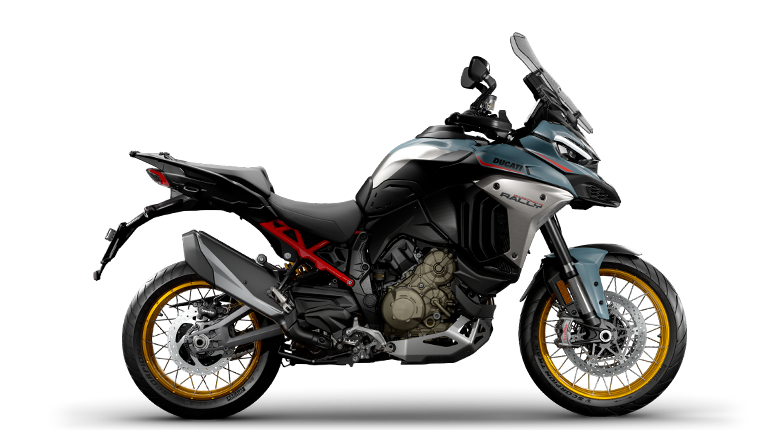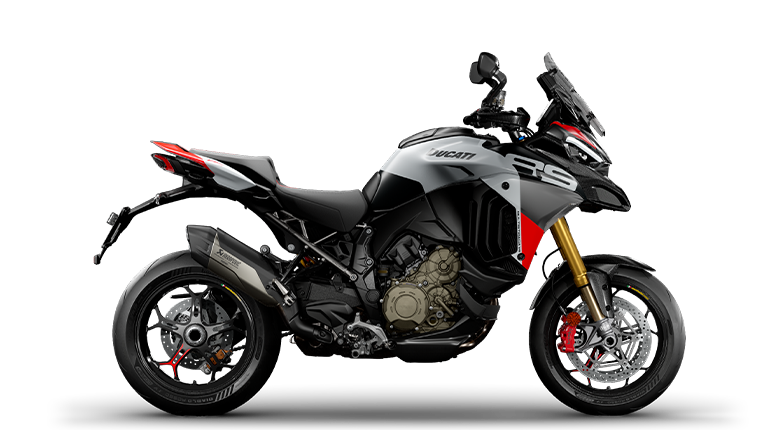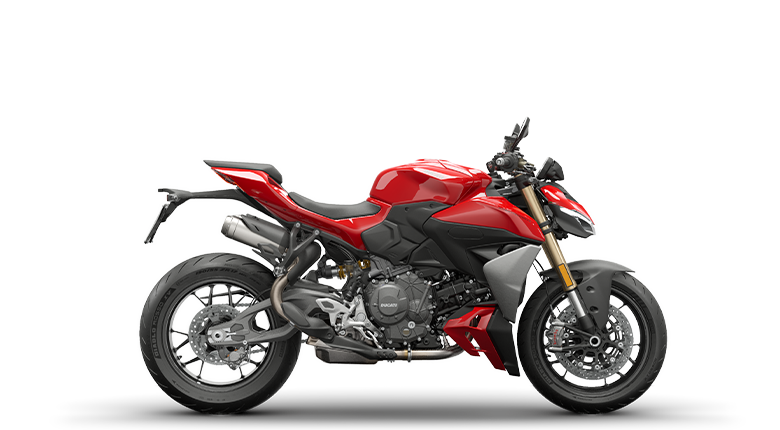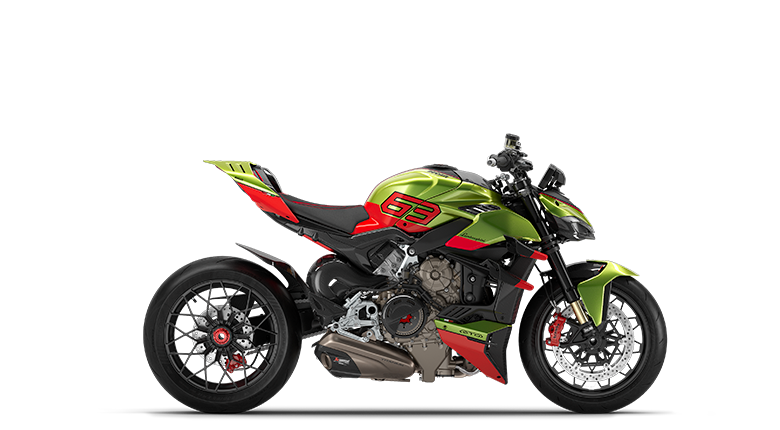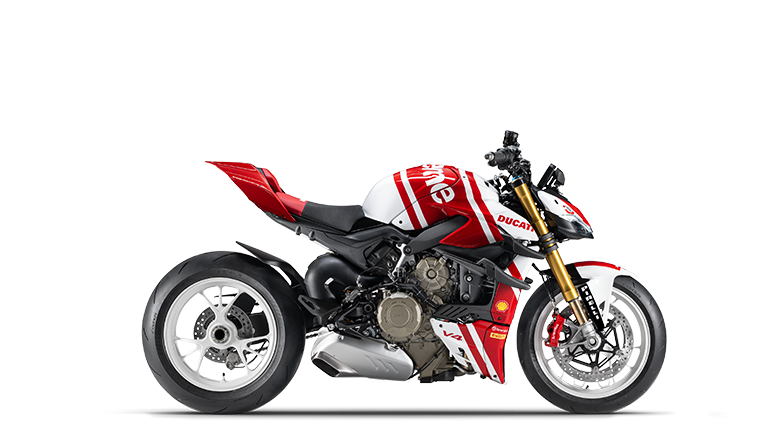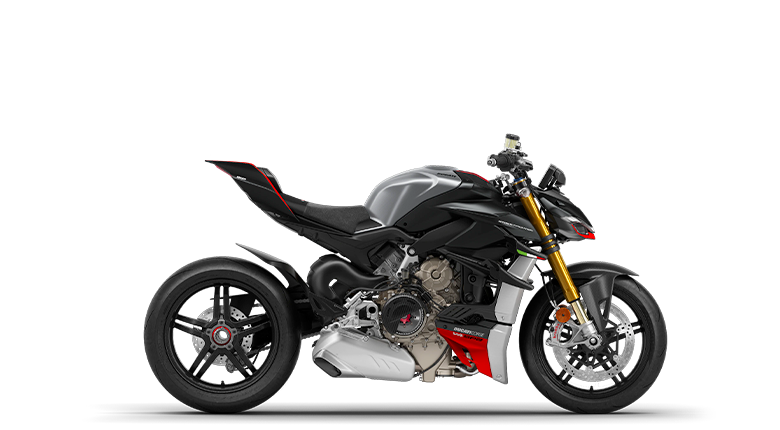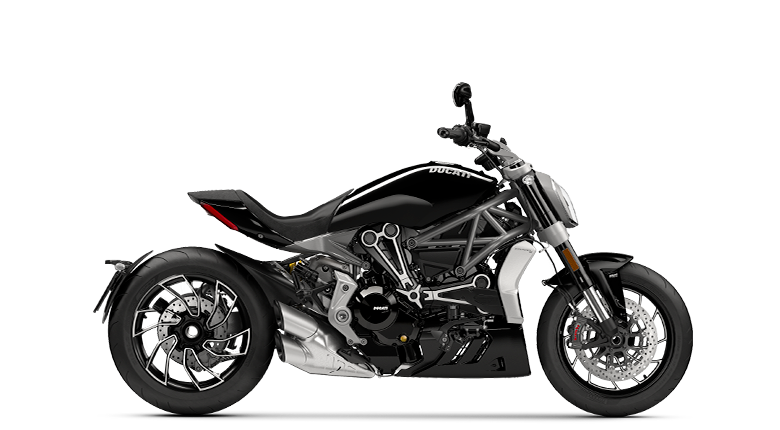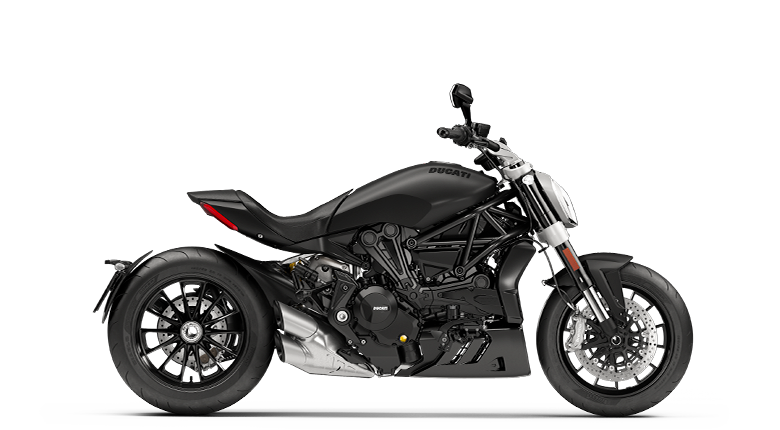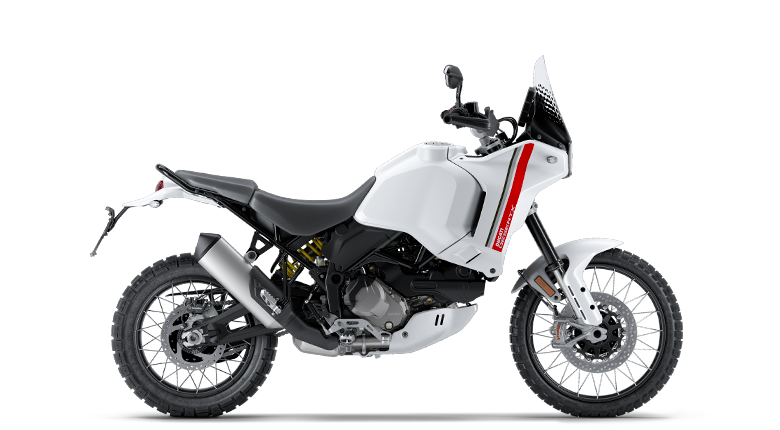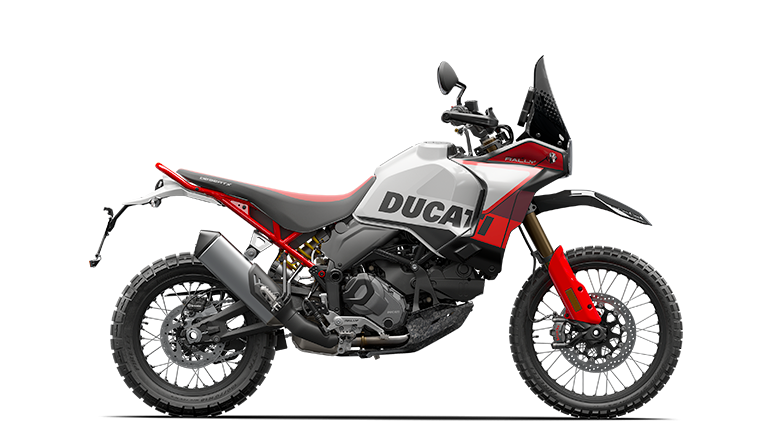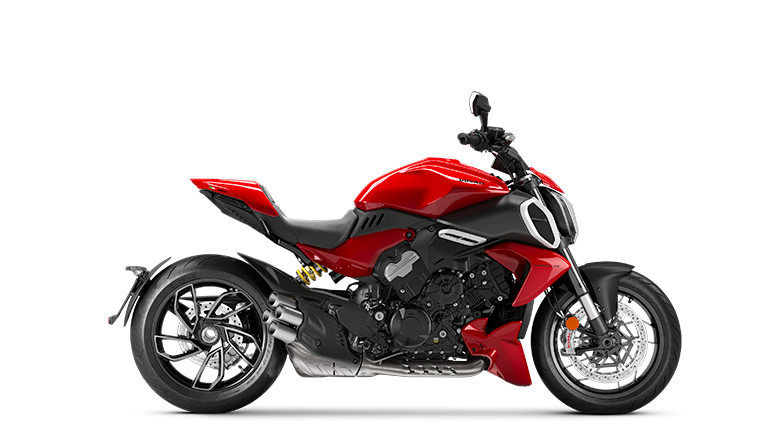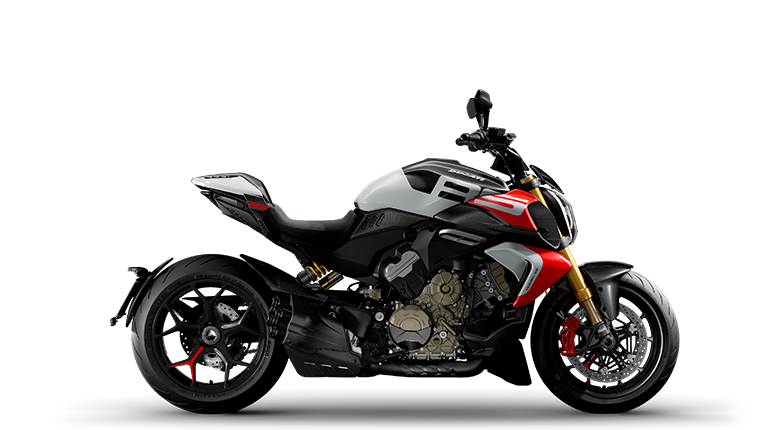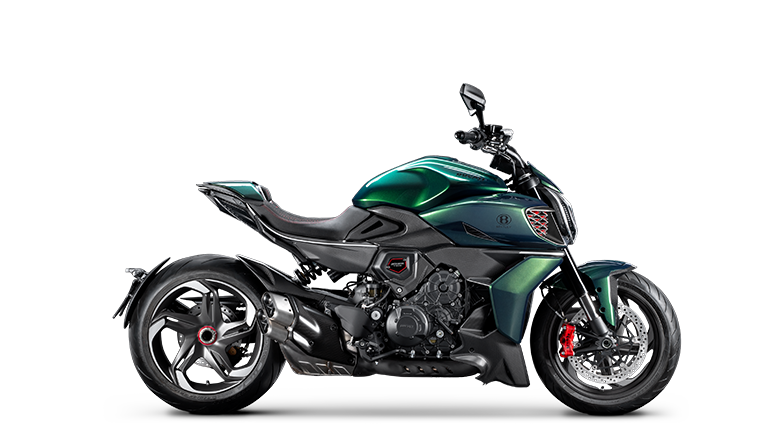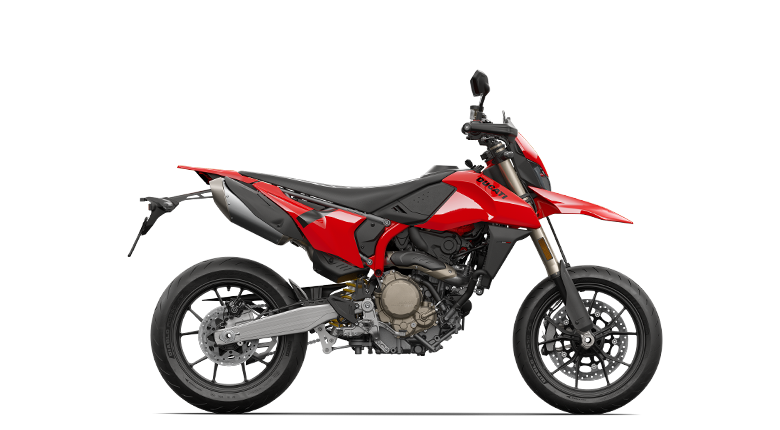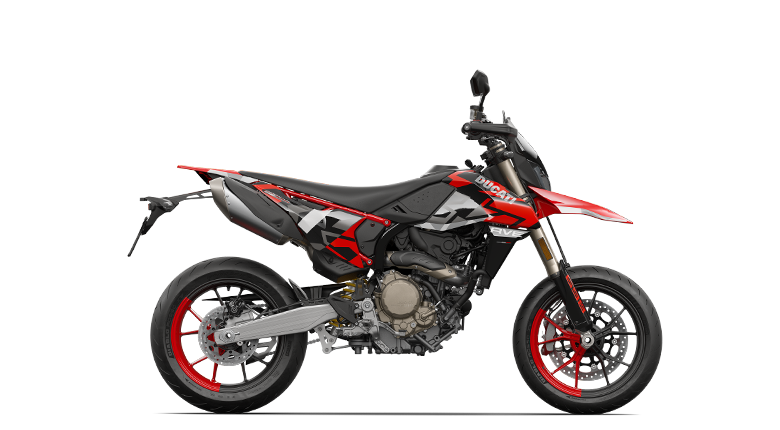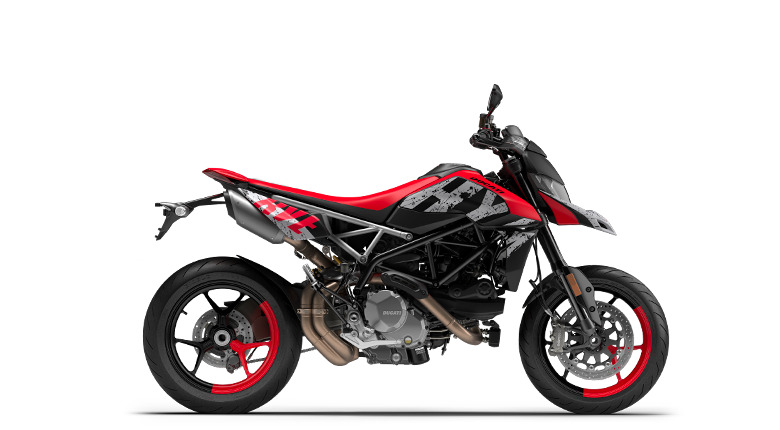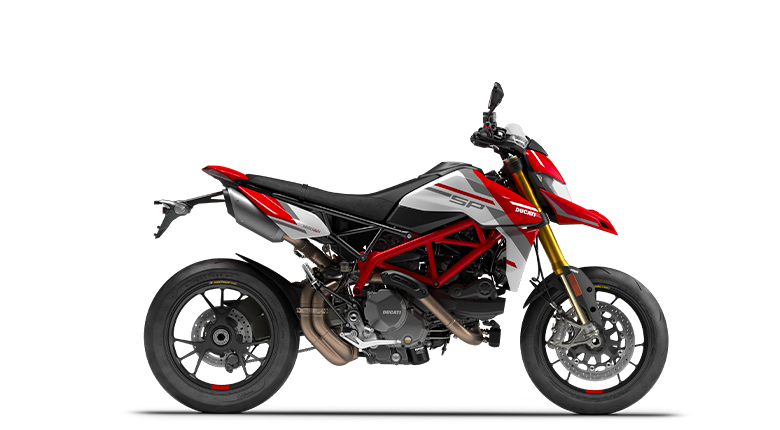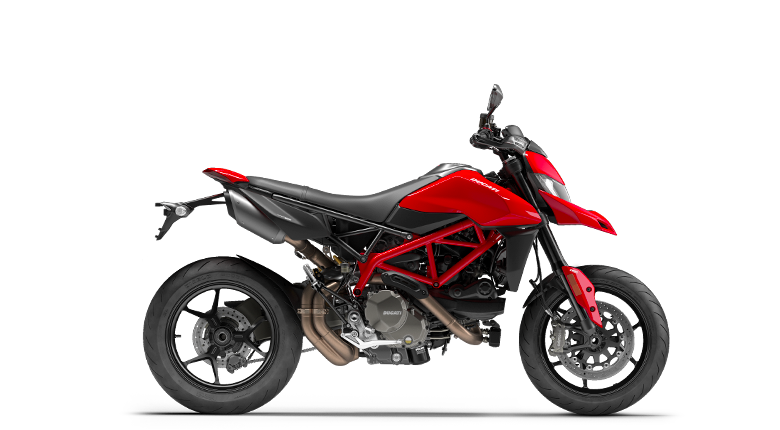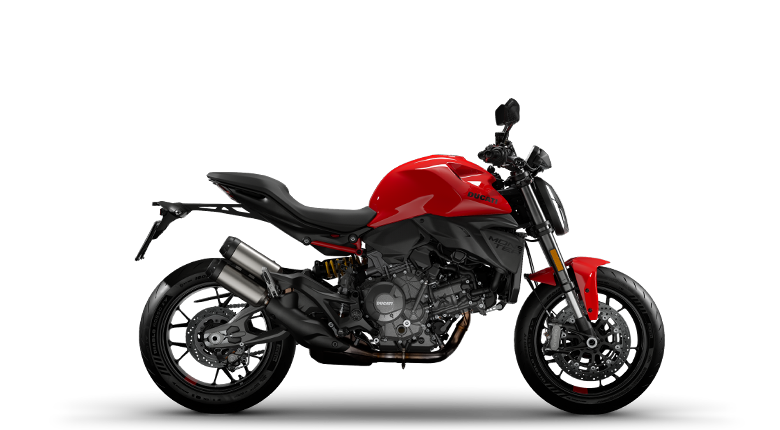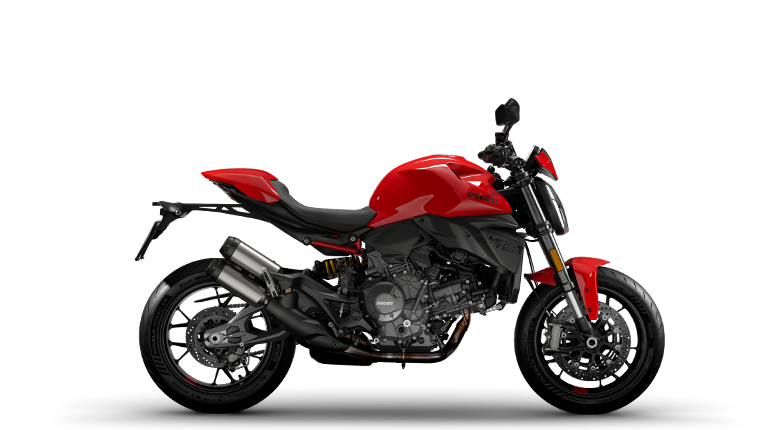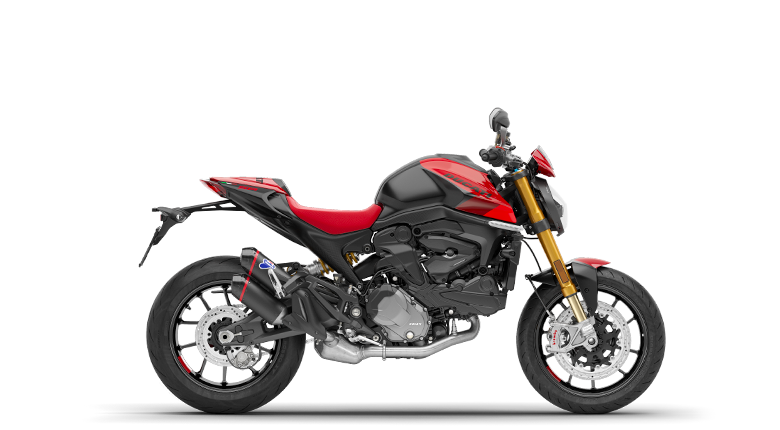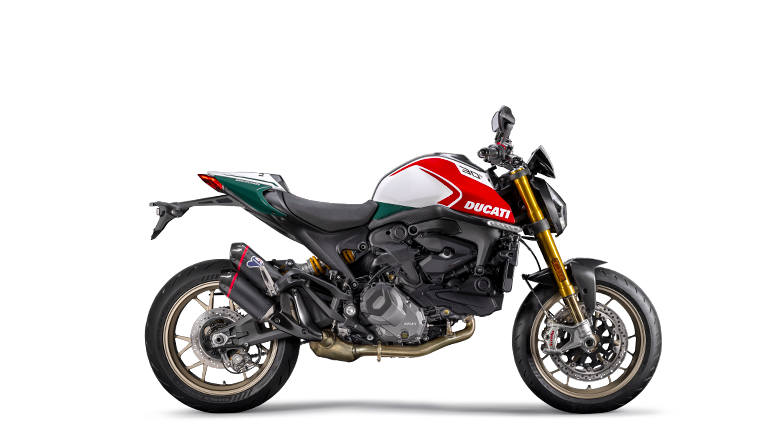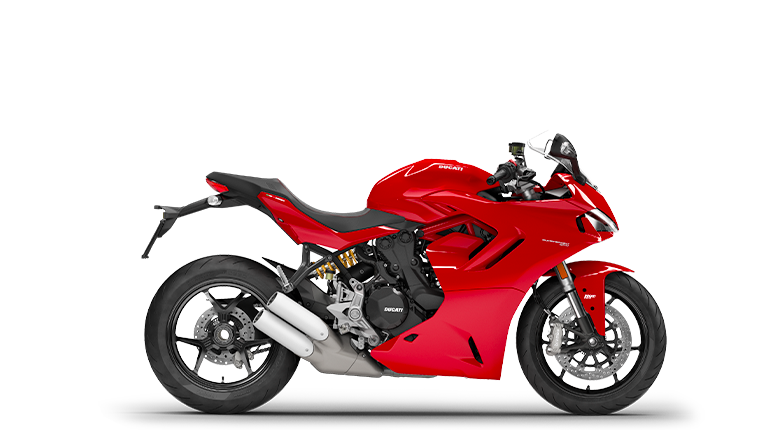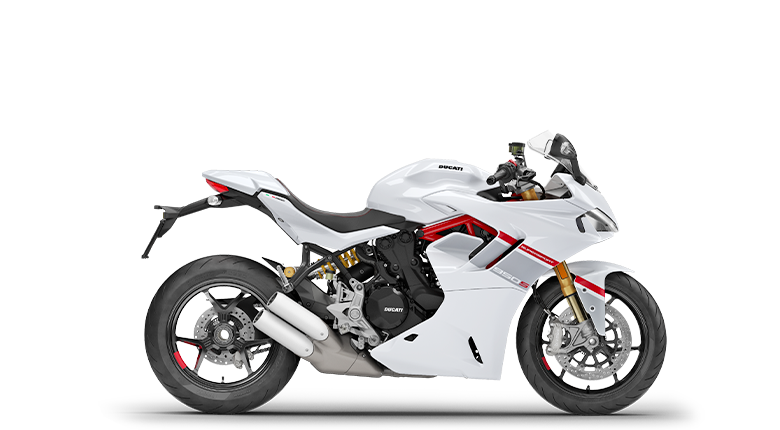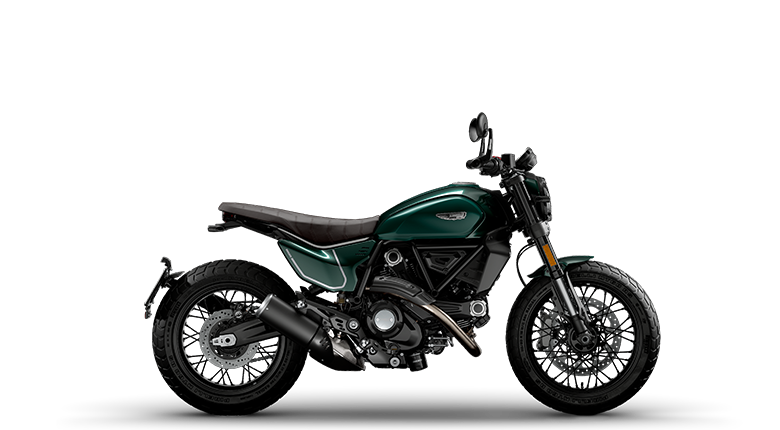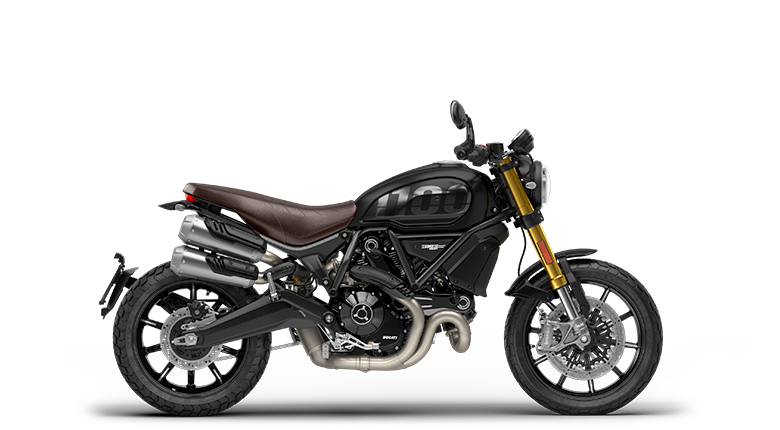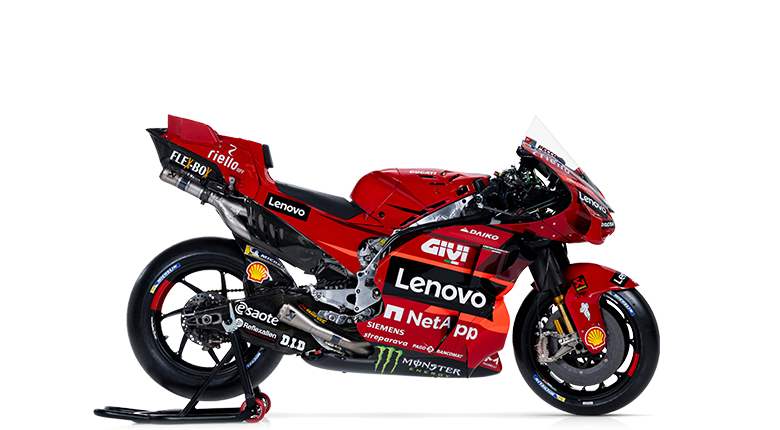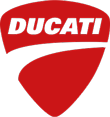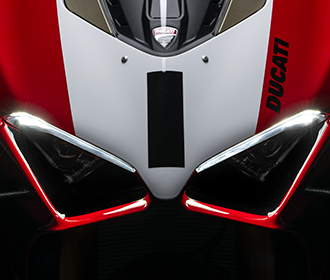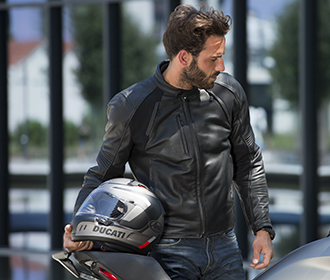999 F03
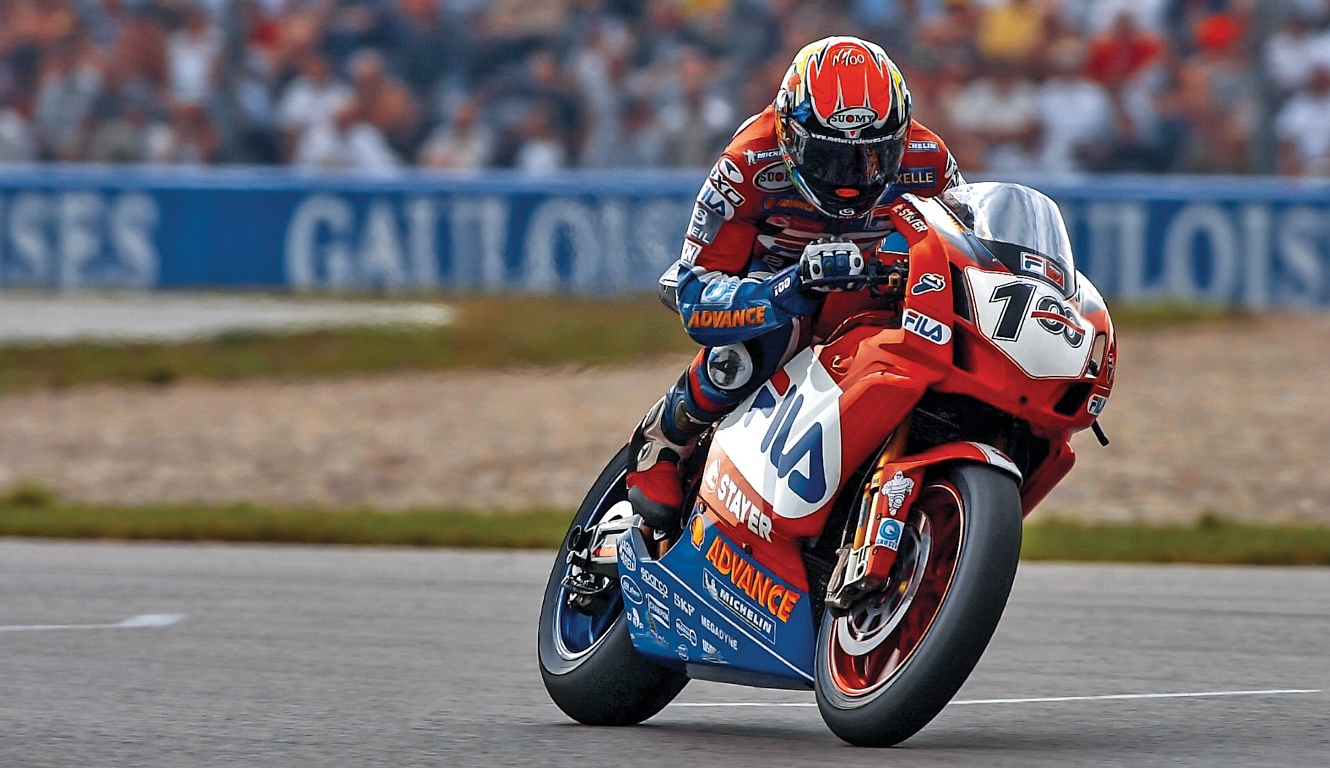
Two years after the production of the MHe, Ducati had to deal with a new challenge, rethinking the design of the bike that, together with the Monster, had put the spotlight on Borgo Panigale: the 916.
Over the course of almost ten years, over 70,000 units of the 916 and its derivatives (748, 996 and 998) had been produced, and it was clear that the task of replacing the 916 in the heads (and hearts) of Ducatistas would not be easy. Pierre Terblanche therefore decided to develop a "breakout" bike that would be completely different from the 916.
Thus was born the 999. The new Ducati Superbike was decidedly different from the 916, featuring a new line, a double-sided swinging arm instead of the 916's single-sided arm, dual ellipsoidal headlights and greater comfort for the rider: everything had been designed to offer a bike that was technically very advanced.
The 999 was terribly effective on the track, winning three Superbike titles with Neil Hodgson (2003), James Toseland (2004) and Troy Bayliss (2006).
However, it remained in production for only a short time. After five years it was replaced by the 1098, which resembled the Ducati 916.
|
|
|
|---|---|
|
Displacement |
998 cc |
|
Maximum power |
140 hp at 9750 rpm |
|
Maximum speed |
Not available |
|
Dry weight |
186 kg |
 日本
日本
 Panigale
Panigale Multistrada
Multistrada Streetfighter
Streetfighter XDiavel
XDiavel DesertX
DesertX
 Diavel
Diavel Hypermotard
Hypermotard
 Monster
Monster SuperSport
SuperSport
 Scrambler
Scrambler OFF-ROAD
OFF-ROAD
 LIMITED SERIES
LIMITED SERIES
